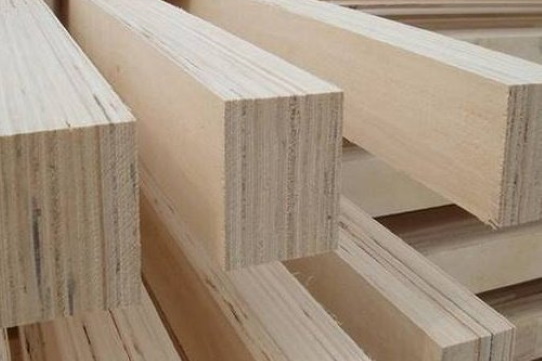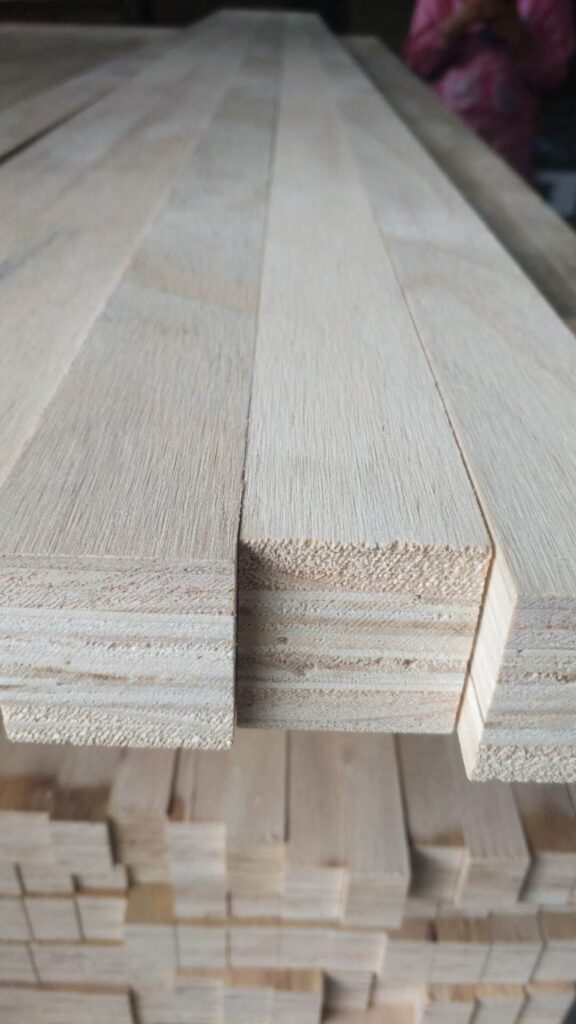Packaging
Laminated Veneer Lumber for High Quality Packaging
Laminated veneer lumber is a new material, made from technology of the traditional laminated timber. It is manufactured by gluing together thin layers of wood veneers to form a composite panel. The wood used in LVL is sourced from well managed forests, so it is both sustainable and renewable. It is lighter, stronger and more consistent than traditional solid timber and can be used just like solid timber as it has an appearance that is virtually identical and it can also be stained or peeled.
Laminated veneer lumber can be used in all areas of packaging where solid timber would previously have been used and offers significant environmental benefits over traditional organic materials. LVL can reduce the amount of wood used by up to 50% compared to solid timber and therefore reduces the amount of waste that goes to landfill sites. Using LVL instead of traditional timber also cuts down on harmful emissions from kilns and reduces the energy needed for manufacturing, which in turn cuts carbon emissions.

When it comes to packaging, pallets are the material of choice. They are durable and can be easily used in various ways. However, pallets aren’t the best way to send out products because of their durability. It is not a good idea to use them with food or other sensitive products. For this kind of application, a new type of packaging was developed: laminated veneer lumber (LVL). It is also known as plywood lumber. LVL consists of wood veneers that are laminated together. This makes it possible to produce one piece that is light and flexible but still sturdy enough for the needs of the packaging industry.
Briefly describe your target market: In the packaging industry, LVL has become a popular alternative to using pallets. Food producers, distributors and storage facilities have started using it because of its high quality standards and low cost effectiveness. In fact, it has been so successful that some companies have completely abandoned pallet use all together!

Laminated veneer lumber or LVL is a new product that is used in packaging material. It works by gluing together layers of wood. For example, a 2x4x8 piece of lumber could be made with two 2-inch thick layers of wood glued on top of each other and then cut to an 8-inch width. By bonding the layers together, the resulting piece of lumber can be thicker and stronger than the original pieces of wood that make it up.
In terms of packaging, LVL is used to make large pieces of lumber (like the ones you’d use for building a pallet). By using this instead of standard wood, it’s possible to make a much more durable pallet that can carry heavy loads without warping or breaking.


Pingback: Why Heat Treatment Are Better Than Fumigate the Wooden Crate